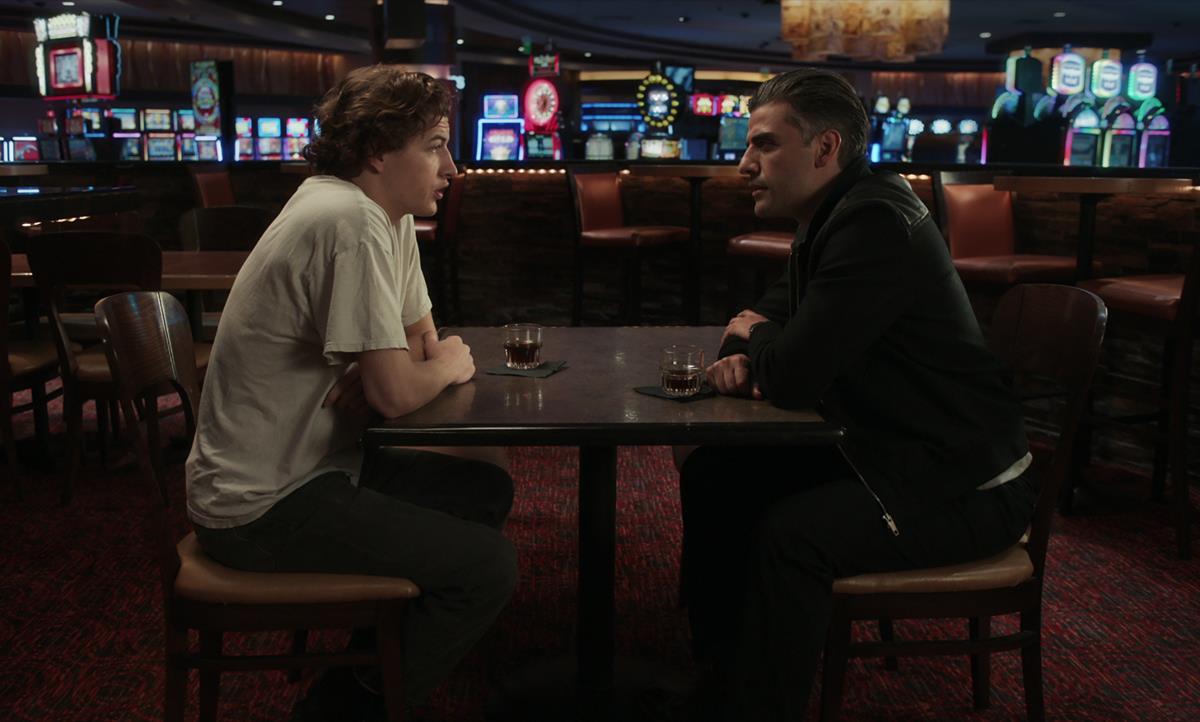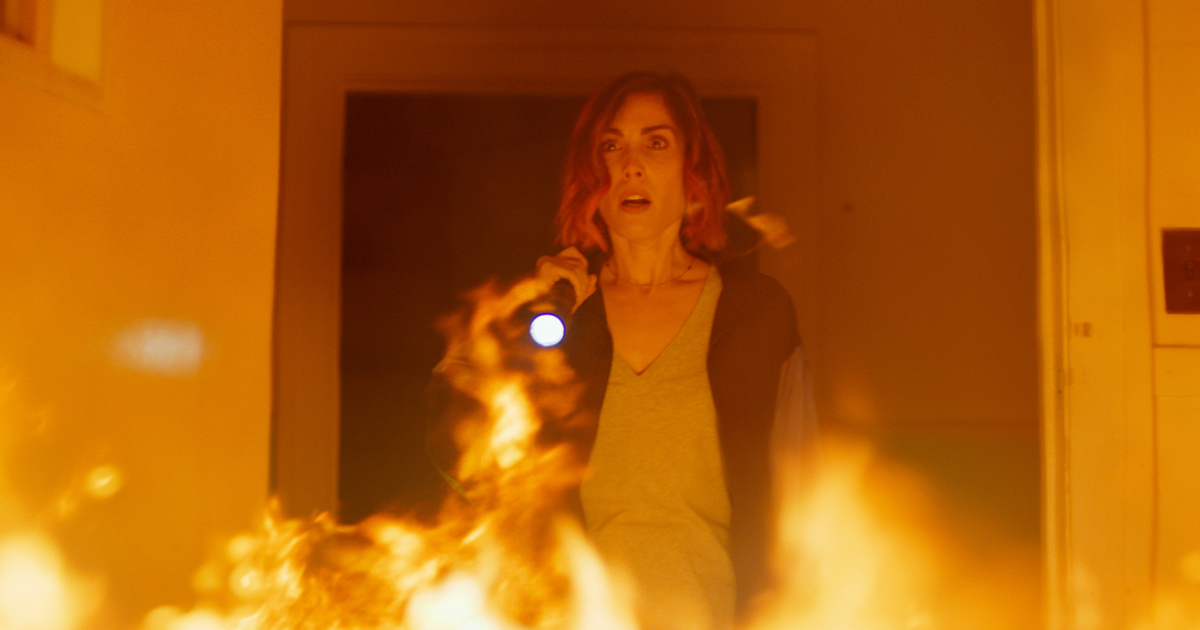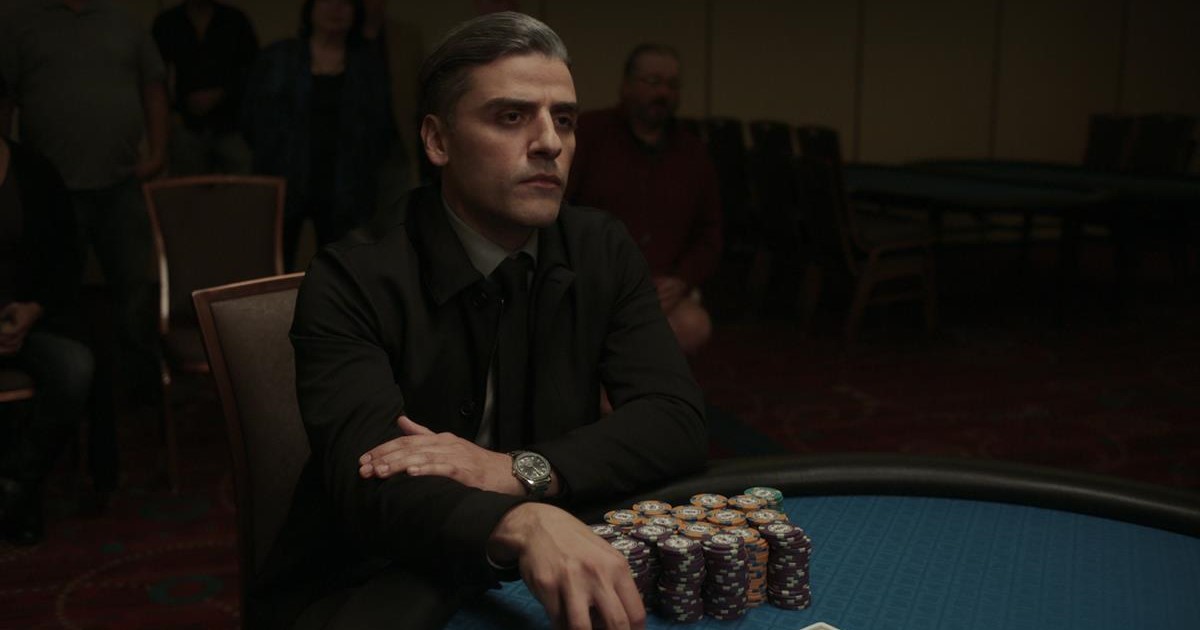
The Card Counter is the latest film from writer/director Paul Schrader, and for some fans, a long awaited event. Schrader has some impressive credits to this name: he wrote the script for Taxi Driver, wrote the screenplay for Raging Bull, American Gigolo and Mosquito Coast. Any new film from him will deliver more of the Robert Bresson style of pared down acting and cinematography. A style that draws in Hollywood A-listers and why lead actor Oscar Isaac arguably has his best cinematic outing yet in this movie.
Isaac had been wanting to work with Schrader for a while and said about the director, “Schrader investigates trauma in such an interesting way, and it’s something he’s done consistently throughout his career. The way he’s able to capture thought in isolated characters that don’t have the ability to express themselves in conventional ways — I’m grateful to finally have had the chance to embody one of his indelible characters.”
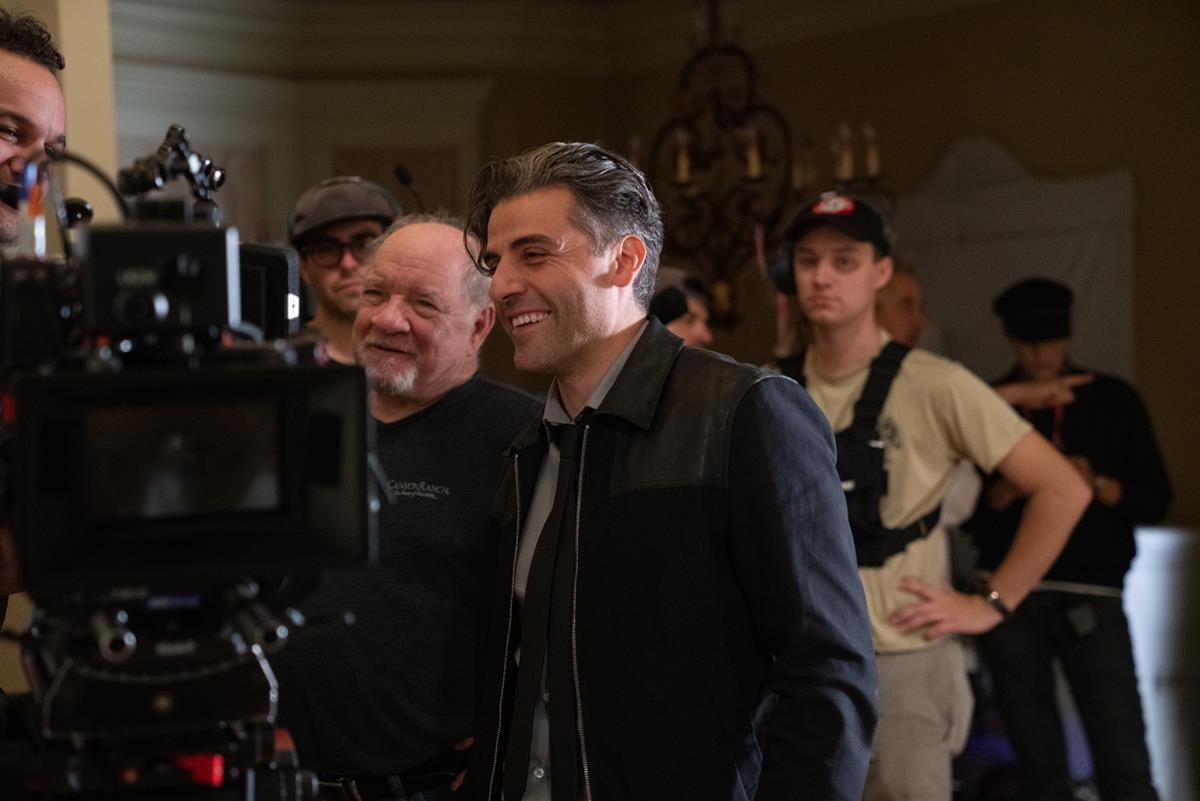
The thread running through all these films and over the course of five decades, is a similar theme. The lonely, anguished men trapped inside themselves, yearning for love and connection, preoccupied with vengeance and redemption, and often at the mercy of their own conflicting impulses.
Regular Schrader cinematographer is Alexander Dynan who had shot The First Reformer and Dog Eat Dog with Schrader. He told Variety that he had developed a visual shorthand with Schrader and colorist Tim Merick that helped him light and color Schrader’s The Card Counter.
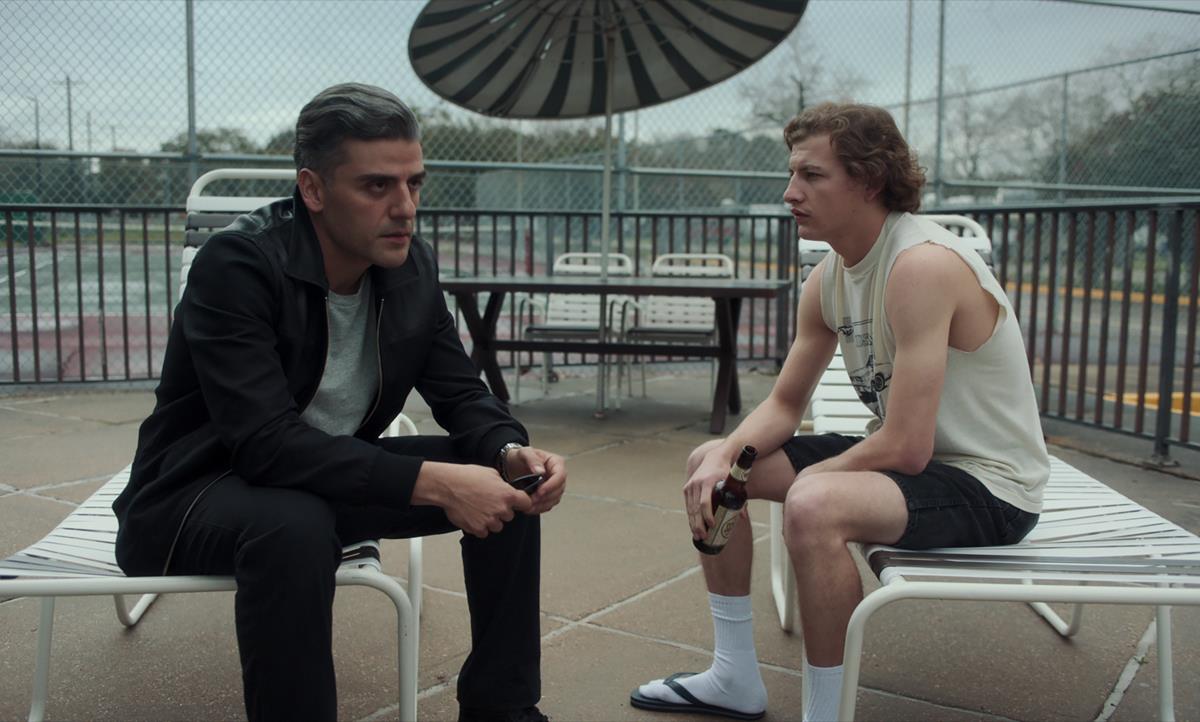
“On 2017’s First Reformed, we really established a visual language. We asked ourselves, if Robert Bresson had digital cinematography tools, what he might be doing because the film was influenced by him and his Diary of a Country Priest.
“We came up with this cinematography that was stationary, very deep focused, we use a very modern lens to create a world that we felt was very immersive. It was something that the audience could lean into, you could look at Ethan (Hawk) or Amanda (Seyfried) and all these different characters and see them in focus.”
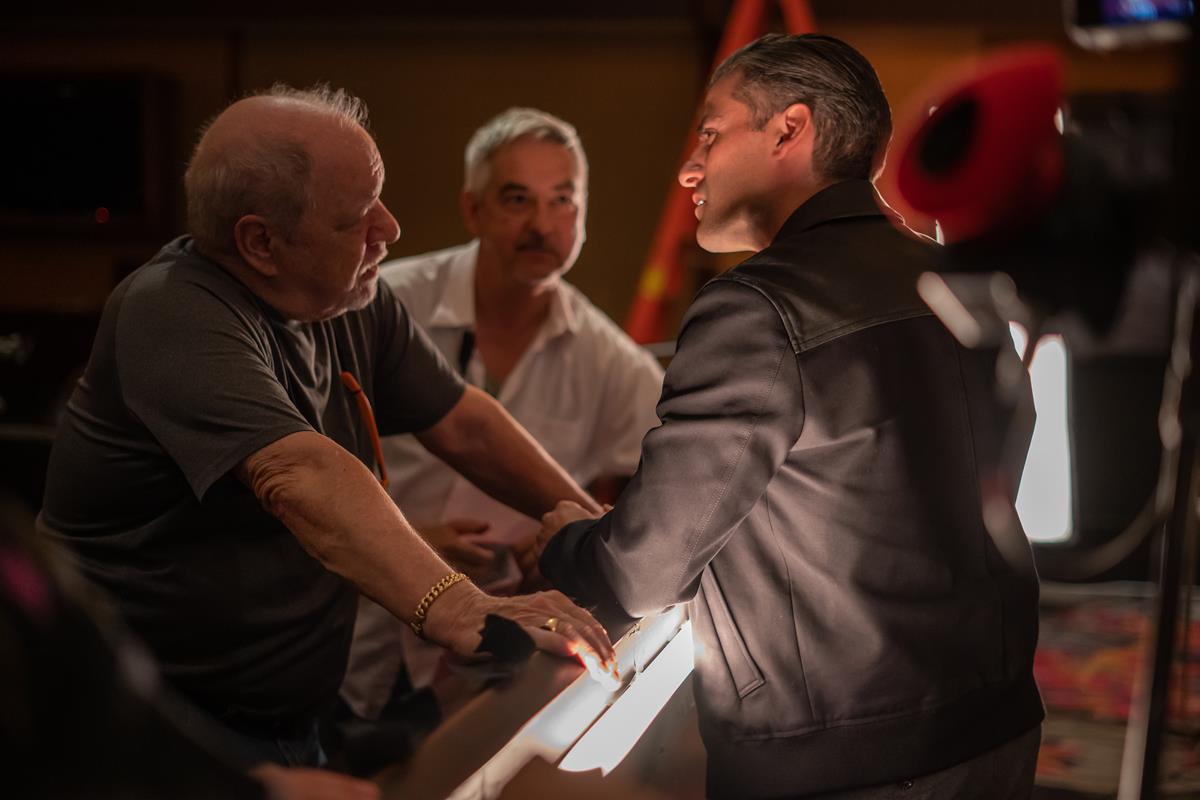
READ MORE: How ‘The Card Counter’ Found Visual Cues in Virtual Reality and Italian Renaissance Painters (Variety)
With The Card Counter, Dynan tested the ARRI Alexa LF and liked the idea of using a medium format camera “… because we have this character who has done some horrible things. He has a painful and traumatic past. He goes from casino to casino in a lonely way, and yet, casinos are full of so much life. We wanted this contrast of being able to do this portraiture, but at the same time, see the neon and slot machines.”
Like many of the characters Schrader has written — Travis Bickle in Taxi Driver, Julian Kaye in American Gigolo, Reverend Ernst Toller in First Reformed —William Tell (Isaac’s character in The Card Counter), is biding his time and waiting for something to happen. “For the movie, I had to come up with a profession for someone who is waiting, and who is living a sort of non-existence,” says Schrader. “Gambling felt like the perfect milieu.”
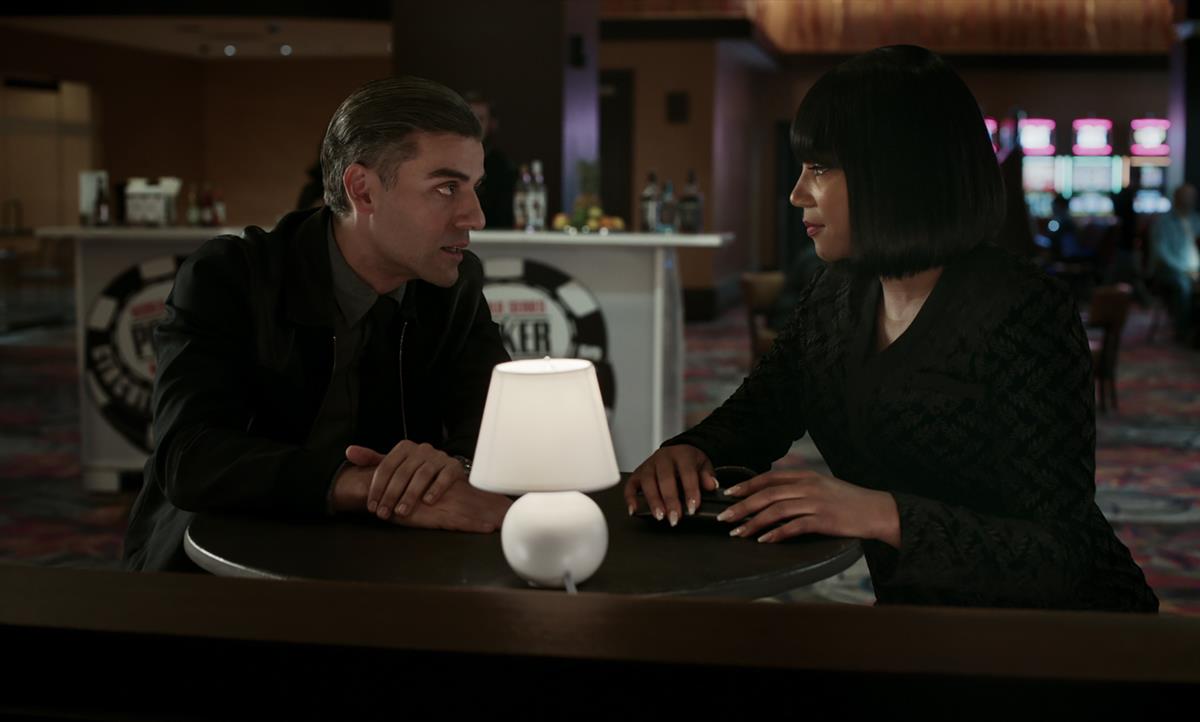
Dynan describes how they planted William Tell in this world, “We barely moved the camera with First Reformed and as Paul and I were scouting casino after casino, we came to realize that casinos these days are owned by large corporations. They have beige walls and this crazy carpet. Paul turned to me and said, ‘These are all the same. It feels like a monotonous world.’ That really worked for Will’s character who is going through the motions as he plays cards and is lonely. We thought about the idea of floating around the casino with him.
“I was going through the casinos seeing a lot of beige, and there were also these wild carpets which made me think of Caravaggio. I also looked at a lot of other Italian Renaissance painters and started to think about the quality of oil on board and how that feels. You see it in the poker scenes, where the face is lit and everything is this murky darkness.”
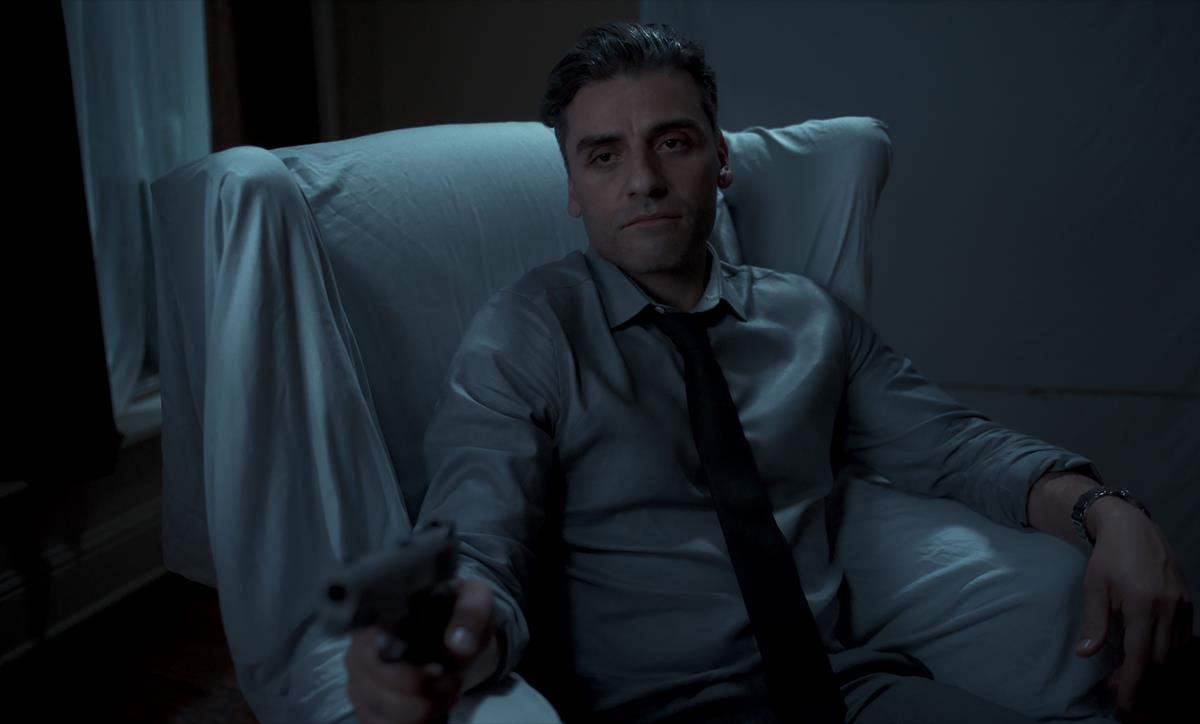
Schrader next created a rich back story for Tell, involving a dark and tumultuous past as a soldier in the Iraqi war. “I asked myself what he could have done in his life that was so egregious that he simply could not get past his crimes,” says Schrader. “Even serial killers can forgive themselves, but what if he had done something that stigmatized his own country?”
The back story needed some flashback scenes and Dynan found a particular style for the horror they portrayed, “With the flashbacks, he wanted that to feel like a virtual reality experience. I thought that was an interesting challenge, how do you make these scenes feel outside of the rest of the film? And they’re terrible scenes, especially with the torture.
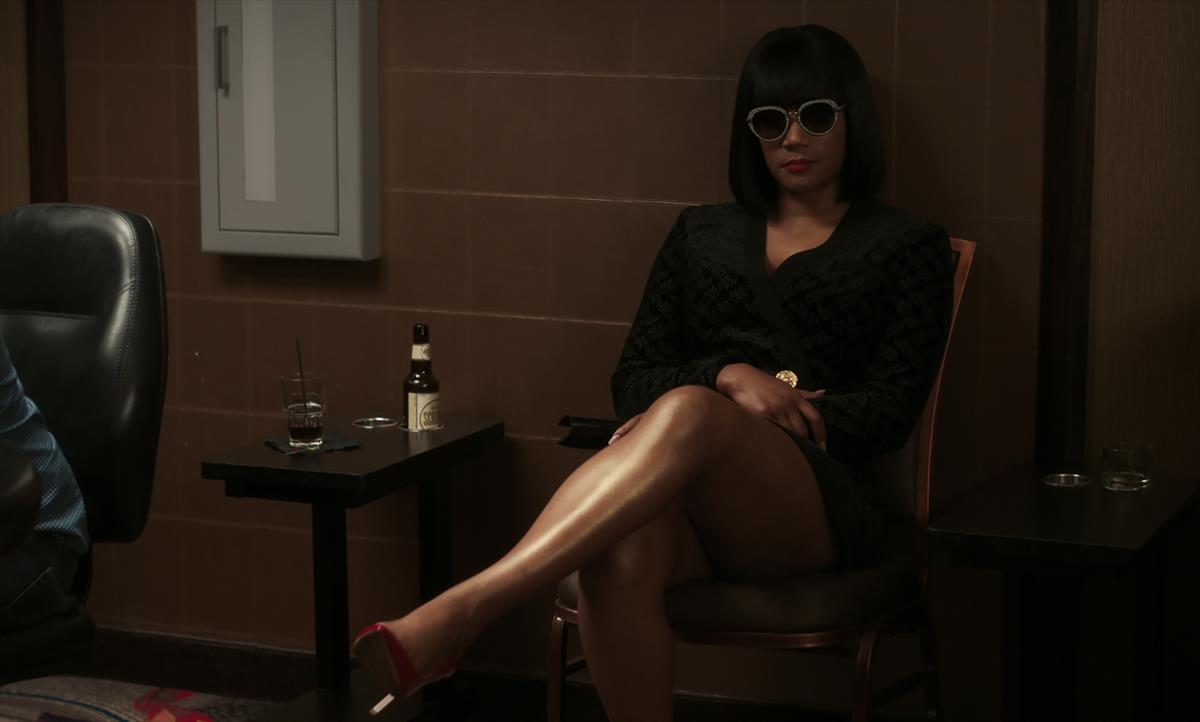
“I looked around the internet and saw these VR videos where people had shot them with VR lenses and GoPros. They were shot in a 360 manner and they were posted online, and the video player couldn’t handle that, so you get these crazy lines. I thought of James Wong Howe, the Chinese American cinematographer who built strange sets. So, I ended up using a VR lens and started experimenting with it to get that point of view effect. I ended up working with Ben Schwartz, who’s a VR expert because that lens sees everything at this 220-degree angle and it was hard to operate.”
Schrader’s films usually cost only a few million dollars and now are always shot digitally. The reason isn’t one of aesthetics, but one of good time keeping. A digital workflow brings the film home within the 20 days allotted for shooting and saves the budget.
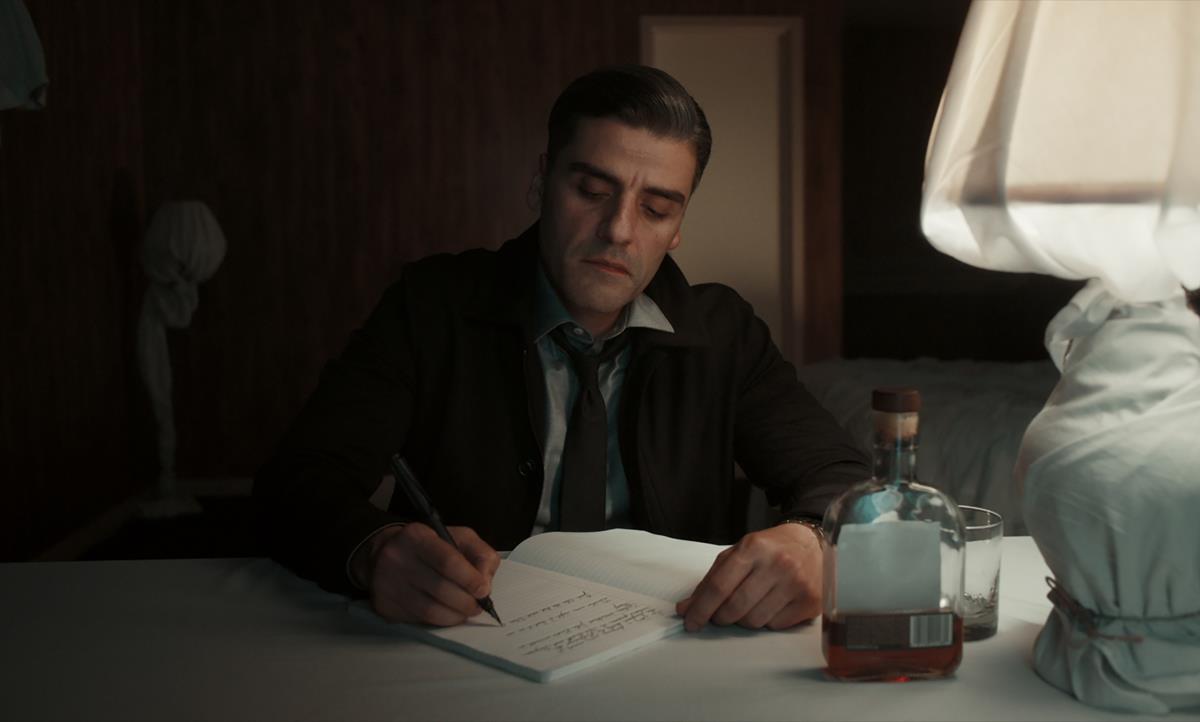
He explained his thrift to MovieMaker Magazine, “The advantage of digital is obviously that it’s just so much faster — everything is faster. There’s almost no relighting, and you never leave the set. You used to have all that trailer time. But now, if I had to set up a scene and enter my trailer, by the time I reached the door of my trailer, the PA would be tapping me on the shoulder. ‘Mr. Schrader, they are ready.’ So it allows you to move much, much quicker.
“We didn’t shoot anything that’s not in the film. You can’t afford to take longer than you need to do something. That’s the price you pay for freedom — I have final cut, and no one tells me what to do.”
